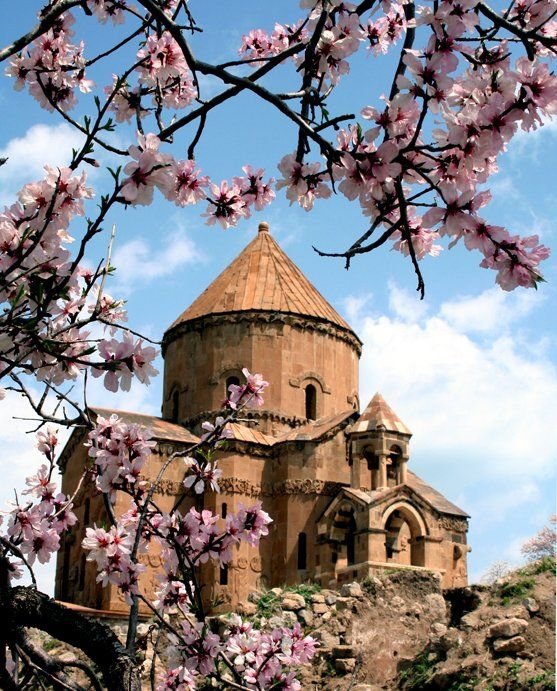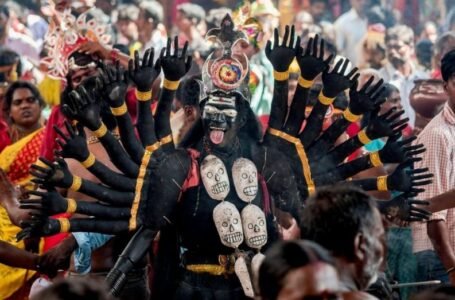The Submerged Castle of Akdamar Island, Lake Van,Turkey

What do we know about Akdamar island?
Akdamar Island is an island located on Lake Van in eastern Turkey. It is known for its 10th-century Armenian Church of the Holy Cross, which contains well-preserved frescoes and carvings. The island was an important religious and cultural centre for the medieval Kingdom of Vaspurakan and the church is considered a masterpiece of Armenian medieval architecture.. In which the humans of the town are in particular Kurds, the city is understood for its lovely nature and historical monuments. The island is a popular tourist destination and the church is open to visitors.

The history of Akdamar
Akdamar Island is located in the Lake Van region of Eastern Turkey. The island is known for its 10th-century Armenian Church of the Holy Cross, which is considered one of the most important examples of medieval Armenian architecture. The church was built by King Gagik I of the Kingdom of Vaspurakan in the early 11th century and contains a number of intricate stone carvings. The island was an important religious and cultural centre for the Armenian community for many centuries. However, following the Armenian Genocide of 1915, the island was abandoned and fell into disrepair. In the 1970s, the Turkish government began restoring the church and it is now open to visitors.

The significance of Akdamar?
Akdamar Island is significant for both its historical and cultural value. The island was an important religious and cultural centre for the medieval Kingdom of Vaspurakan, and the Armenian Church of the Holy Cross is considered a masterpiece of Armenian medieval architecture. The church contains well-preserved frescoes and carvings that are considered important examples of medieval Armenian art. The island is also significant for its natural beauty and its location on Lake Van, one of the largest lakes in the Middle East.
Additionally, the island is a significant symbol of the relationship between Turkey and Armenia, as the church is a reminder of the Armenian presence in the region and the historical and cultural contributions of the Armenian people to the area.
Akdamar Island was inscribed on the UNESCO World Heritage List in 2010, recognized as a significant cultural and architectural heritage site. It also serves as a tourist destination and a symbol of cultural diversity.
The city’s inhabitants Akdamar island?
Akdamar Island is located in the province of Agri in eastern Turkey, and it is not a populated island. The island has been mostly uninhabited since the end of the medieval period, and today it is visited primarily by tourists who come to see the Armenian Church of the Holy Cross and admire the natural beauty of the island.
In the past, the island was an important religious and cultural centre for the medieval Kingdom of Vaspurakan, and it was likely inhabited by a mix of ethnic groups, including Armenians and Kurds. The island was likely a centre of trade and commerce, and it may have had a significant population at the time. However, the island has been uninhabited for centuries, and there is little information available about the people who once lived there. The city of Akdamar is located on the shore of Lake Van, about 2 km from the island, In which the humans of the town are in particular Kurds, the city is understood for its lovely nature and historical monuments.

The city’s demise: It is not clear what has caused the demise of the city of Akdamar, but it is likely that a combination of factors led to its decline. Historical records from the medieval period are scarce, and it is difficult to determine exactly when and why the island was abandoned. However, some possible factors that may have contributed to the city’s demise include
Political and economic instability: The medieval period was a time of constant warfare and conflict in the region, and it is likely that the city of Akdamar was affected by these conflicts. The city was also likely dependent on trade and commerce, and disruptions to these activities could have had a significant impact on the city’s prosperity.
Environmental factors: The island of Akdamar is located in a seismically active region, and it is possible that earthquakes or other natural disasters may have damaged the city or made it uninhabitable. Additionally, the island is located on the shore of a large lake and it is possible that changes in the lake level or other environmental factors may have had an impact on the city.
Migration: The population of the city of Akdamar was likely a mix of ethnic groups, including Armenians and Kurds. It is possible that population movements or changes in political power led to the migration of the city’s inhabitants to other areas. It is likely that the city’s demise was a complex process with multiple factors playing a role, but without more information, it is difficult to say for certain.

The city rediscovery?
Akdamar Island is an island located in Lake Van in eastern Turkey. It is known for its 10th-century Armenian Church of the Holy Cross, which is a UNESCO World Heritage Site. The island was rediscovered in the early 20th century and has since been the subject of preservation efforts and tourism development. The island is now a popular tourist destination, attracting visitors from around the world to see the church and the island’s natural beauty.
Conclusion
In conclusion, Akdamar Island, located in the Lake Van region of Turkey, is a historically and culturally significant destination. The 10th-century Akdamar Church is the main attraction on the island and it has undergone extensive restoration and preservation efforts in the last century. The island is now a popular tourist destination and a symbol of the region’s rich cultural heritage.



